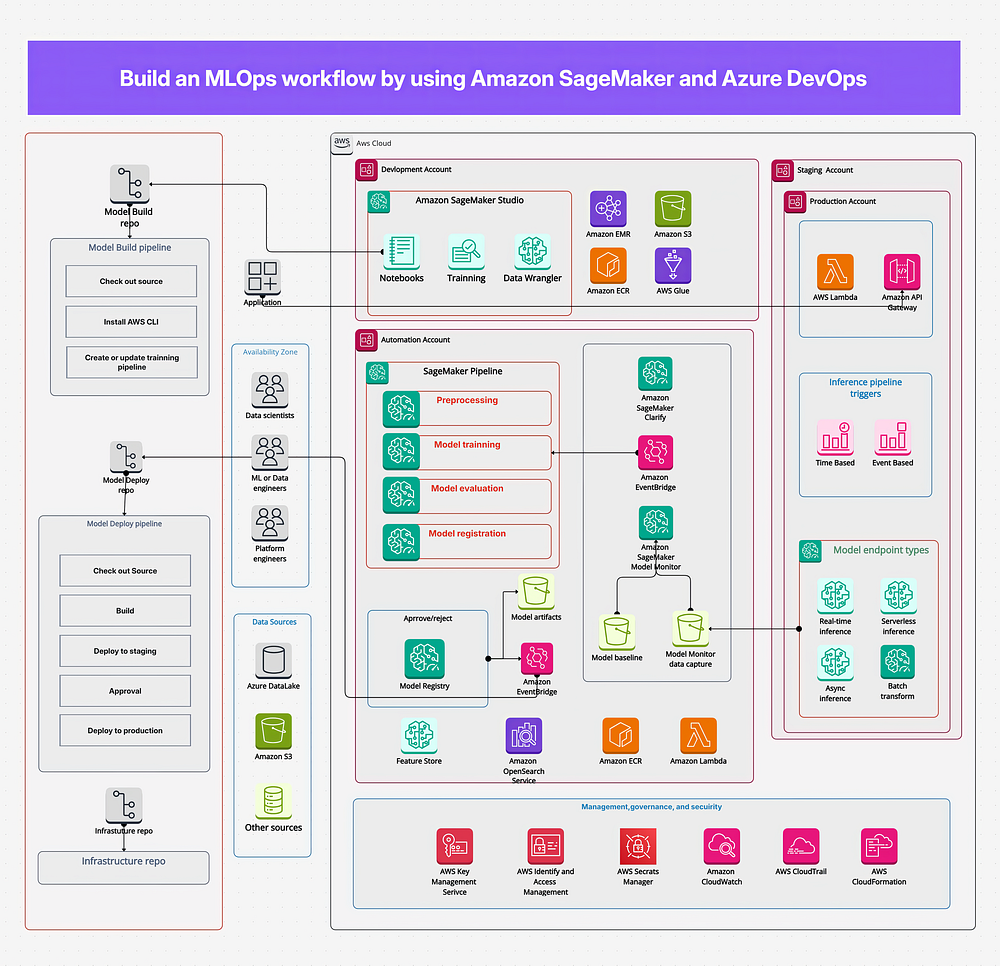Introduction to Neural Network Metrics: Completing the Introduction
Author(s): RSD Studio.ai
Originally published on Towards AI.
Image
[Image by Author using AI]
Overview
Before moving on to more advanced concepts, we need to close our introduction to neural networks by discussing how to evaluate the performance of our model. We have only seen loss functions, but we cannot use them as standard metrics to compare several models. For this, various different metrics are used based on the type or category of neural networks. You might have seen them in news when new models are publicized, such as AP@50, latency, etc.
Why Can’t We Have One Universal Metric?
You might have noticed that I have talked about "metrics" (not one!). That is because there cannot be one universal metric to know everything, and many are used to get a broader picture of our model so that we can make a tradeoff between various aspects.
What Are These Metrics?
In this article, you will get an overview of these metrics, completing our introduction to neural networks and enabling us to take the next steps!
Conclusion
In this article, we have explored the different metrics used to evaluate the performance of neural networks. These metrics are essential for comparing the performance of different models and making informed decisions about which one to use. By understanding these metrics, you can take the next steps in your journey with neural networks.
FAQs
- What are the different metrics used to evaluate the performance of neural networks?
- Various different metrics are used, including AP@50, latency, etc.
- Why can’t we have one universal metric?
- There cannot be one universal metric to know everything, and many are used to get a broader picture of our model.
- What is the purpose of these metrics?
- These metrics are used to compare the performance of different models and make informed decisions about which one to use.











